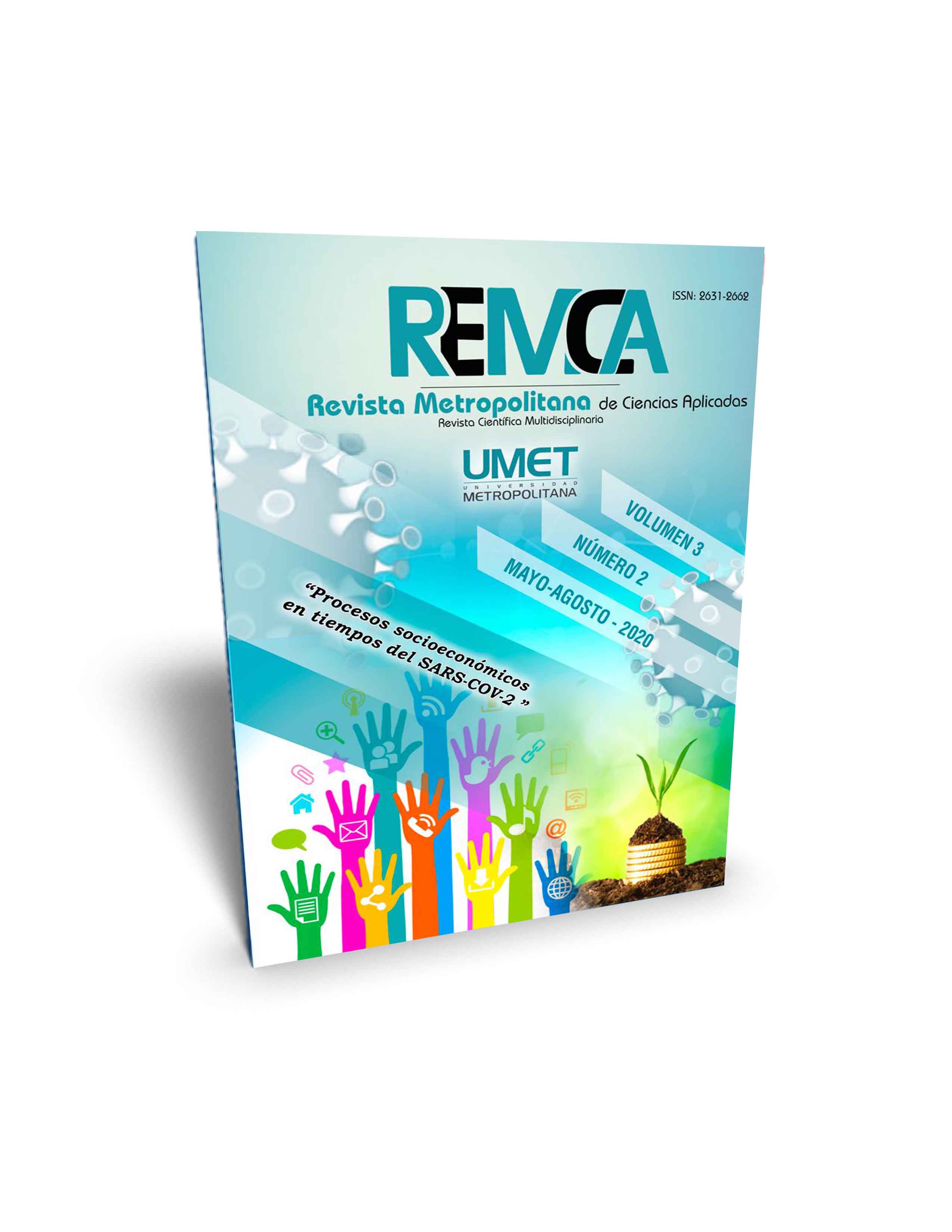The mathematical computational laboratory, as a complement to promote the learning of differential calculus
DOI:
https://doi.org/10.62452/rkgq7r77Keywords:
Constructivist method, mathematical computational laboratory, experimental designAbstract
This study was developed through a comparative experimental design, using two groups, the first one the experimental group and the second one the control group, having as experimental units the students of the second semester of the career “Ingenieria Acuícola” of the Universidad Technical de Machala of the academic periods D1 and D2 of the school year 2017-2018. The course was taught to the experimental group using the “constructivist method” considering the different learning styles of the students and complementing it with the mathematical computational laboratory practices. With the results it was possible to contrast the hypothesis that the teaching of differential calculus, practiced systematically and complemented with computational tools is able to promote significant learning to its students.
Downloads
References
Camacho, Y. C., & Aladro, M. (2011). Estilos y tipos de aprendizaje. Un problema contemporáneo de la educación. Cuadernos de Educación y Desarrollo, 3(28).
Castañeda, A., & Álvarez, M. (2004). La reprobación en matemáticas. Dos experiencias. Tiempo de Educar, 5 (9), 141-172.
Castaño, V. (2015). El método del aprendizaje basado en problemas como una herramienta para la enseñanza de las matemáticas. RIDE Revista Iberoamericana para la Investigación y el Desarrollo Educativ, 6(11).
Castro, S., & Guzmán de Castro, B. (2005). Los estilos de aprendizaje en la enseñanza y el aprendizaje: Una propuesta para su implementación. Revista de Investigación, 58, 83-102.
Cheng, H. (2016). Teaching math with computer programming can help narrow achievement gap. https://edsource.org/2016/teaching-math-with-computer-programming-can-help-narrow-achievement-gap/563371
Díaz Barriga Arceo, F. (2001). Estrategias docentes para un aprendizaje significativo: una interpretación constructivista. McGraw - Hill.
Díaz Mosquera, E. (2012). Estilos de Aprendizaje. EIDOS, 5, 5-11.
Hobenshield Tepylo, D., & Floyd, L. (2018). Learning Math Through Coding. Math + Code 'Zine, 3(1).
Iglesias-Domecq, N., Alonso-Berenguer, I., & Gorina-Sánchez, A. (2017). El Cálculo Diferencial e Integral en las carreras de ciencias técnicas. Especificaciones de su enseñanza. Maestro y Sociedad, 14(4), 660-670.
Jarvis, D. H., Lavicza, Z., & Buteau, C. (2012). Computer Algebra System (CAS) usage and sustainability in university mathematics instruction: Findings from an international study. Paper presented as part of Topic Study Group 18: Analysis of Uses of Technology in the Teaching of Mathematics, at the 12th International Congress on Mathematical Education (ICME-12). Seoul, Korea.
Kolb, D. (1984). Experiential Learning: Experience as the Source of Learning and Development. Editorial Prentice- Hall.
Kumar, A., & Kumaresan, S. (2008). Use of Mathematical Software for Teaching and Learning Mathematics. The International Congress on Mathematical Education (ICME) 11, 373–388.
Ortiz, D. (2015). El constructivismo como teoría y método de enseñanza. Sophia, 19.
Reyes Andrade, D., & Pérez Vence, M. (2016). Grupos de estudio para favorecer el aprendizaje del cálculo. Revista Iberoamericana de Producción Académica y Gestión Educativa, 2, 1-18.
Romero, J. E. (2007). Matemática Básica Guía Didáctica del Docente. Ministerio de Educación del Ecuador.
Truong, H. M. (2016). Integrating learning styles and adaptive e-learning. Current developments, problems and opportunities. Computers in Human Behavior, 55, 1185-1193.
Vrancken, S., et al. (2006). Dificultades relacionadas con la enseñanza y el concepto de lìmite. Revista PREMISA, 8(29), 9-19.
Downloads
Published
Issue
Section
License
Copyright (c) 2020 Bladimir Homero Serrano Rugel, Víctor Javier Garzón Montealegre, Alexis González Macas, Abrahan Rodolfo Cervantes Alava (Autor/a)

This work is licensed under a Creative Commons Attribution-NonCommercial-ShareAlike 4.0 International License.
Authors who publish in Revista Metropolitana de Ciencias Aplicadas (REMCA), agree to the following terms:
1. Copyright
Authors retain unrestricted copyright to their work. Authors grant the journal the right of first publication. To this end, they assign the journal non-exclusive exploitation rights (reproduction, distribution, public communication, and transformation). Authors may enter into additional agreements for the non-exclusive distribution of the version of the work published in the journal, provided that acknowledgment of its initial publication in this journal is given.
© The authors.
2. License
The articles are published in the journal under the Creative Commons Attribution-NonCommercial-ShareAlike 4.0 International License (CC BY-NC-SA 4.0). The terms can be found at: https://creativecommons.org/licenses/by-nc-sa/4.0/deed.en
This license allows:
- Sharing: Copying and redistributing the material in any medium or format.
- Adapting: Remixing, transforming, and building upon the material.
Under the following terms:
- Attribution: You must give appropriate credit, provide a link to the license, and indicate if any changes were made. You may do this in any reasonable manner, but not in any way that suggests the licensor endorses or sponsors your use.
- NonCommercial: You may not use the material for commercial purposes.
- ShareAlike: If you remix, transform, or build upon the material, you must distribute your creation under the same license as the original work.
There are no additional restrictions. You may not apply legal terms or technological measures that legally restrict others from doing anything the license permits.




